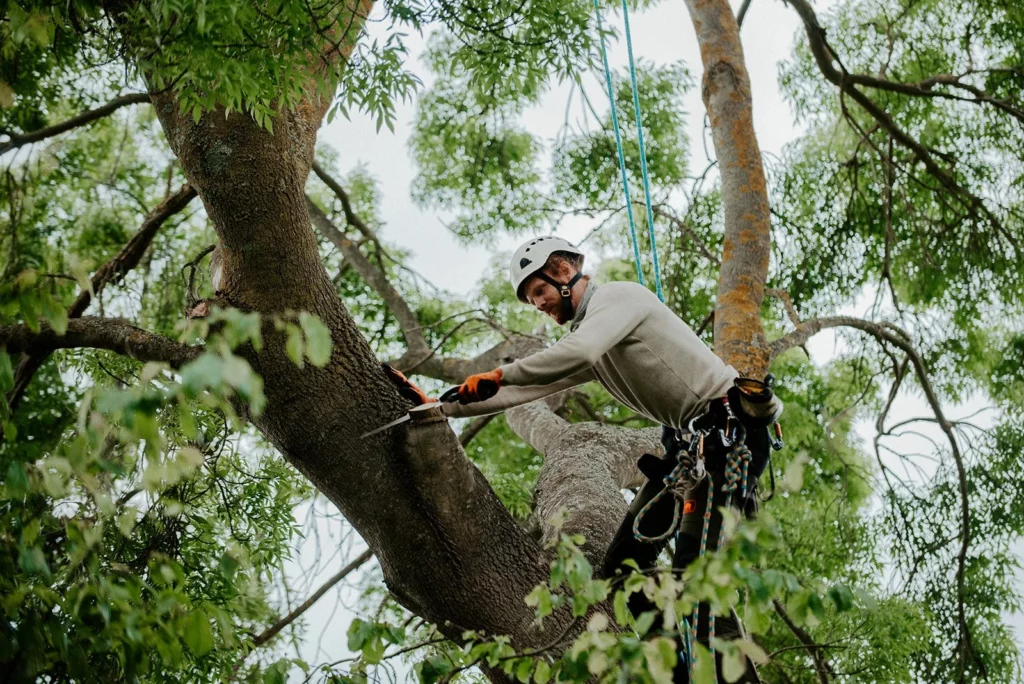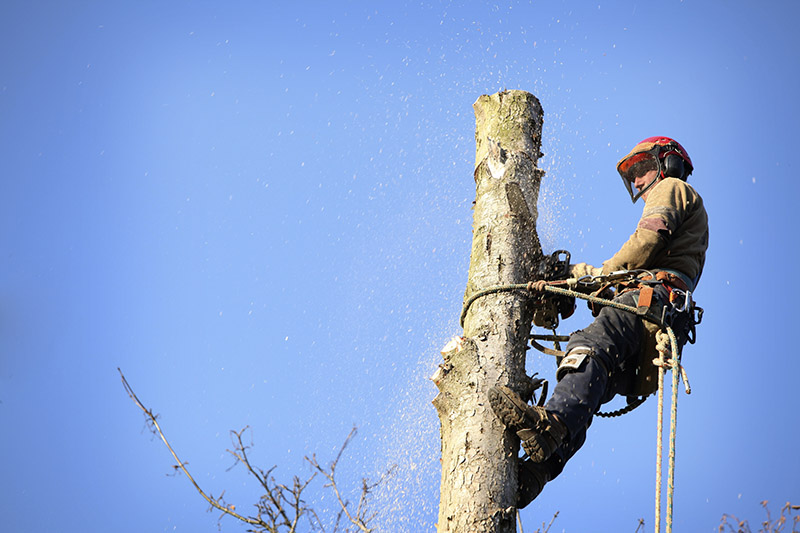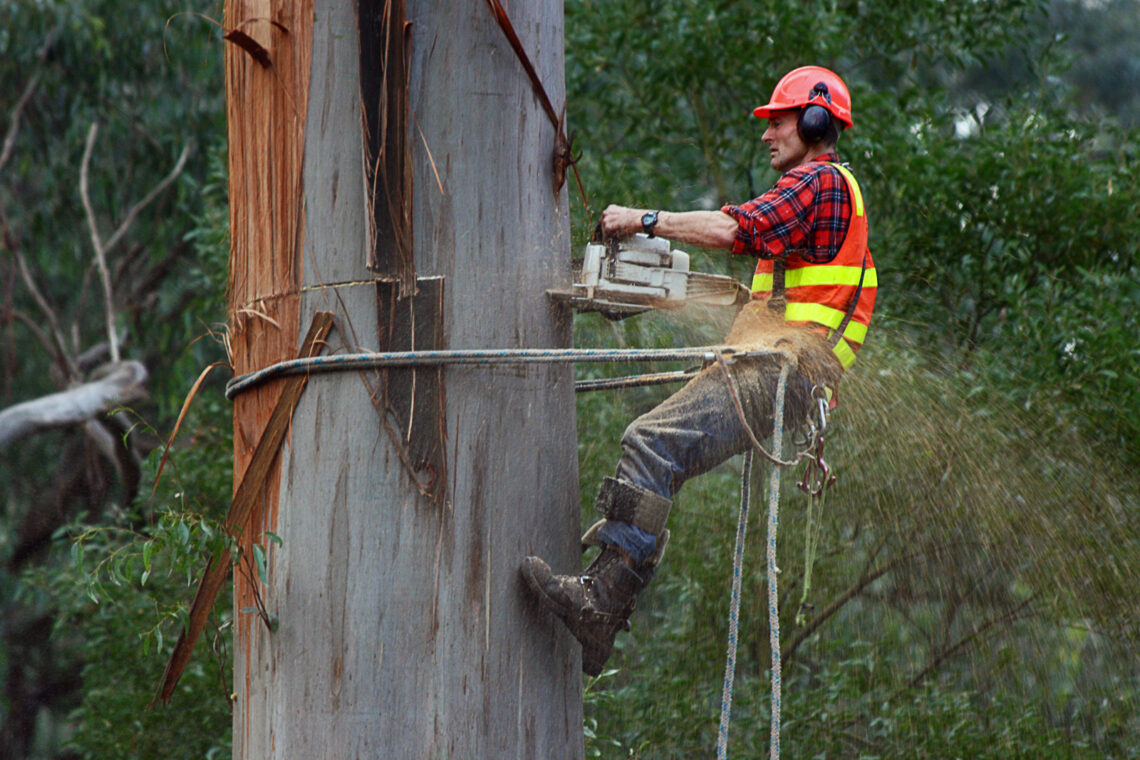How Does Tree Trimming Function as a Cultural Practice in Managing Human–Nature Boundaries?
Tree trimming as a cultural practice in managing human–nature boundaries represents far more than simple vegetation management—it embodies generations of accumulated wisdom about living harmoniously within ecosystems. This practice involves the intentional, selective cutting, shaping, or removal of tree branches and limbs according to culturally specific knowledge systems that recognise trees as active participants in community life rather than passive resources.
Defining Tree Trimming Beyond Maintenance
Tree trimming becomes a cultural practice when communities approach it through frameworks that integrate ecological knowledge with spiritual beliefs, social structures, and historical relationships to land. Indigenous communities across continents have developed sophisticated systems for managing tree growth that reflect deep understanding of forest ecology, seasonal cycles, and the interconnected needs of human and non-human inhabitants.
The practice differs fundamentally from industrial forestry or urban tree maintenance. Cultural tree trimming follows rhythms established through observation across generations, often timed to specific seasons, ceremonial calendars, or ecological indicators that signal optimal moments for intervention. Communities may trim trees to encourage specific growth patterns that benefit wildlife, promote medicinal plant growth beneath canopies, or create pathways that facilitate both human movement and animal migration.

The Significance of Cultural Boundary Management
Managing human–nature boundaries through cultural means acknowledges that these boundaries are not fixed lines but permeable zones requiring constant negotiation and care. Tree trimming serves as one method through which communities actively maintain relationships with their environments rather than simply extracting resources from them.
This approach contrasts sharply with Western concepts that often position humans as separate from or superior to nature. Cultural practices recognise that human wellbeing depends on ecosystem health, creating management strategies based on reciprocity rather than domination. When communities trim trees according to traditional protocols, they engage in ongoing dialogue with their environment, responding to changes whilst maintaining continuity with ancestral practices.
The importance of this cultural management extends beyond immediate ecological benefits:
- Preserves intergenerational knowledge about local ecosystems and species behaviour
- Maintains cultural identity through continued practice of traditional land stewardship
- Supports community cohesion by providing shared activities and collective responsibility
- Ensures sustainable resource use through practices refined over centuries of observation
Physical and Symbolic Space-Making
What Are the Ecological and Spiritual Dimensions of Tree Trimming as a Boundary Management Strategy?
Tree trimming serves dual purposes in boundary management—it actively shapes ecosystem health whilst simultaneously expressing deeply held spiritual beliefs. The practice creates tangible ecological benefits through selective intervention that mimics natural disturbance patterns, allowing communities to maintain productive landscapes without compromising environmental integrity.
Ecological Benefits of Strategic Tree Trimming
Selective tree trimming promotes biodiversity by creating varied habitat structures within forest ecosystems. When practitioners remove specific branches or trees, they open canopy gaps that allow sunlight to reach understory plants, stimulating growth of diverse vegetation layers. This stratification supports different wildlife species, from ground-dwelling insects to canopy-dwelling birds, each occupying distinct ecological niches.
The practice enhances nutrient cycling within managed landscapes. Trimmed branches often remain on-site, decomposing gradually to return essential nutrients to the soil. This organic matter feeds soil microorganisms, improves water retention, and creates habitat for invertebrates that form the foundation of food webs. Indigenous communities in the Pacific Northwest have long understood this principle, incorporating trimmed cedar boughs into garden beds to enrich soil whilst deterring pests.
Fire management represents another critical ecological dimension of tree trimming. By reducing fuel loads through strategic removal of lower branches and dead wood, communities create defensible spaces that protect both human settlements and forest ecosystems from catastrophic wildfires. Aboriginal Australians developed sophisticated fire management systems that included selective tree trimming, maintaining mosaic landscapes that supported diverse plant and animal communities whilst reducing wildfire risk.
Tree trimming influences water dynamics within watersheds. Thinning dense forest stands reduces competition for water resources, allowing remaining trees to develop deeper root systems that stabilize soils and prevent erosion. This selective approach maintains stream flows during dry seasons, benefiting aquatic ecosystems and human communities dependent on reliable water sources.
Spiritual Significance and Ceremonial Practices
The spiritual dimensions of tree trimming extend beyond practical resource management into realms of cosmology and cultural identity. Many Indigenous cultures view trees as sentient beings with agency and consciousness, requiring respectful protocols before any trimming occurs. These protocols often include offerings, prayers, or ceremonies that acknowledge the tree’s sacrifice and express gratitude for its gifts.
Māori communities
How Can Traditional Knowledge in Tree Trimming Inform Contemporary Approaches to Environmental Stewardship?
Traditional knowledge embedded in tree trimming practices offers proven frameworks for contemporary environmental stewardship that have sustained ecosystems for generations. Indigenous communities have developed sophisticated understanding of forest dynamics, seasonal cycles, and species interactions through centuries of careful observation and adaptive management—insights that modern conservation science increasingly recognizes as essential for effective landscape management.
Bridging Ancient Wisdom with Modern Conservation
Tree trimming as a cultural practice in managing human–nature boundaries demonstrates how traditional ecological knowledge can enhance current sustainability initiatives. Indigenous practitioners understand which trees to trim, when to intervene, and how to maintain forest health through selective management rather than wholesale clearing. These time-tested methods often align with contemporary ecological principles such as maintaining habitat corridors, promoting native species diversity, and preventing catastrophic wildfires through strategic fuel reduction.
The Karuk Tribe in California, for instance, has revitalized traditional fire and tree management practices that reduce wildfire risk whilst promoting the growth of culturally significant plants. Their approach combines selective tree trimming with controlled burning—techniques that modern forestry agencies now adopt after decades of suppression-only policies proved ecologically damaging.
Practical Applications in Contemporary Settings
Environmental stewardship benefits from traditional tree trimming knowledge in several concrete ways:
- Adaptive management strategies that respond to local conditions rather than imposing standardized solutions
- Community-based monitoring systems that engage local knowledge holders in ongoing landscape assessment
- Seasonal timing protocols that respect natural cycles and minimize disruption to wildlife
- Selective intervention approaches that maintain ecosystem complexity whilst meeting human needs
Urban forestry programmes increasingly incorporate these principles. Melbourne’s indigenous plant management protocols, developed with Aboriginal communities, guide tree trimming in public spaces to support native wildlife whilst maintaining safe urban environments.

Navigating Integration Challenges
The incorporation of traditional knowledge into mainstream environmental management faces distinct obstacles. Institutional frameworks often lack mechanisms for recognizing non-Western knowledge systems as equally valid to scientific data. Regulatory structures may require documentation standards that conflict with oral transmission methods or culturally sensitive information.
Intellectual property concerns arise when traditional practices become commodified or appropriated without proper acknowledgment or benefit-sharing with knowledge holders. The commercialization of indigenous tree management techniques without community consent is a pressing issue that undermines the very principles of respect and reciprocity central to ethical engagement with traditional knowledge.
Learn about: Tree Pruning Pricing and the Economics of Urban Ecology
FAQs
Tree trimming as a cultural practice involves selective cutting or shaping of trees according to traditional knowledge systems. It integrates ecological understanding with spiritual beliefs and social practices, rather than treating trees as mere resources.
By carefully trimming trees, communities actively maintain permeable boundaries between human settlements and natural ecosystems. This practice balances ecological health with human needs, ensuring sustainable coexistence.
Cultural tree trimming promotes biodiversity, enhances nutrient cycling, reduces wildfire risks, and improves water retention and soil stability. It creates varied habitat structures that support multiple species.
Many Indigenous cultures view trees as sentient beings and perform offerings, prayers, or ceremonies before trimming. These rituals express gratitude, acknowledge the tree’s role in the ecosystem, and reinforce cultural identity.
Traditional practices offer adaptive, location-specific management strategies that maintain ecosystem complexity, promote native species, and reduce wildfire risk. Modern conservation programs increasingly integrate these principles for sustainable landscape management.
Selective trimming reduces fuel loads, lowering wildfire risks, and removes decaying wood that could host pests. It contributes to safer landscapes while preserving ecological integrity.
Communities follow seasonal timing, selective intervention, and observation-based protocols. These methods ensure minimal disruption to wildlife, maintain ecosystem health, and sustain intergenerational ecological knowledge.
Challenges include regulatory frameworks favoring Western knowledge systems, intellectual property concerns, and the risk of cultural appropriation. Ethical collaboration and acknowledgment of knowledge holders are essential.



